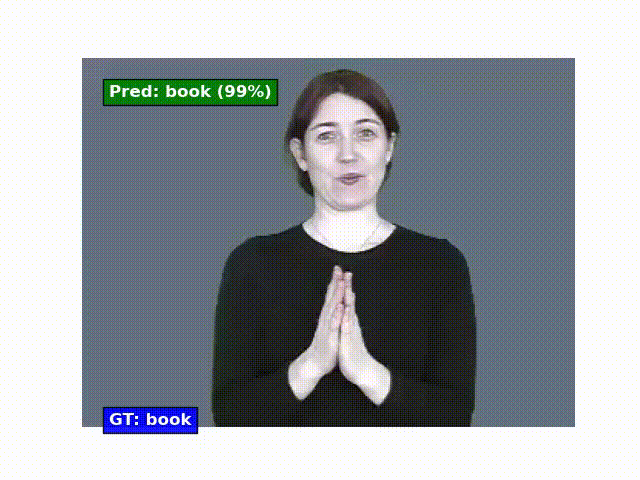BSL-1K: Scaling up co-articulated sign language recognition using mouthing cues
Recent progress in fine-grained gesture and action classification, and machine translation, point to the possibility of automated sign language recognition becoming a reality. A key stumbling block in making progress towards this goal is a lack of appropriate training data, stemming from the high complexity of sign annotation and a limited supply of qualified annotators. In this work, we introduce a new scalable approach to data collection for sign recognition in continuous videos. We make use of weakly-aligned subtitles for broadcast footage together with a keyword spotting method to automatically localise sign-instances for a vocabulary of 1,000 signs in 1,000 hours of video. We make the following contributions: (1) We show how to use mouthing cues from signers to obtain high-quality annotations from video data - the result is the BSL-1K dataset, a collection of British Sign Language (BSL) signs of unprecedented scale; (2) We show that we can use BSL-1K to train strong sign recognition models for co-articulated signs in BSL and that these models additionally form excellent pretraining for other sign languages and benchmarks - we exceed the state of the art on both the MSASL and WLASL benchmarks. Finally, (3) we propose new large-scale evaluation sets for the tasks of sign recognition and sign spotting and provide baselines which we hope will serve to stimulate research in this area.
PDF Abstract ECCV 2020 PDF ECCV 2020 Abstract





 MS COCO
MS COCO
 ssd
ssd
 VGGFace2
VGGFace2
